Final Project
For the Sake of Coal: From a Rock to a Hard Place
Coal mining became a chief source of labour and income for working class people in the North since the 19th century industrial revolution. Including, for generations, my family. The skyline of Yorkshire once dominated by pit headstock wheels and textiles mills. The last UK coal colliery closed in 2015. Marking the end of an industry that once employed over 1 million people.
Scars still left behind

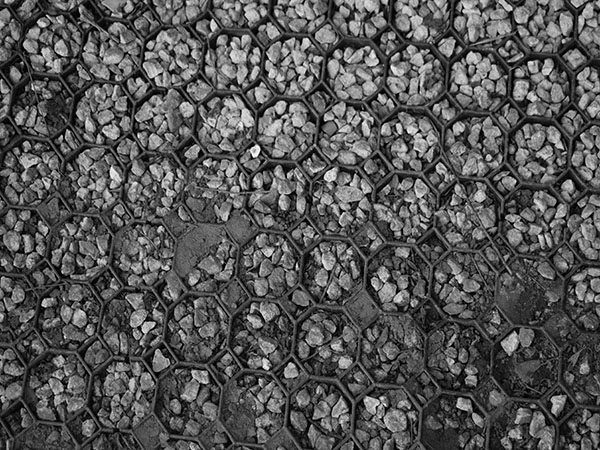
The phrase ‘between a rock and a hard place’ considers being faced with two equally undesirable alternatives. The unsustainable mining and burning of a fossil fuel and dangerous working conditions. On the other hand, the severe economic hardship faced by many taking away their livelihood.
Steeped in reginal historic references and inspired by local born artists, the project reflects on my own family history and now wiped out industry.
During World War Two, when men registered for service, 1 in 10 were conscripted to the mining industry. If they did not go, they were sent to prison. These men, not acknowledged for their war effort were left mostly unrecognised. The aim of this project was to show recognition to these men, and all men, women and children that once mined this rock. Including my father.
The final pieces are art and sculpture based in the hope that they could be shown within the coal mining and textiles museums of Yorkshire to reflect on the industries past links. A celebration of what once was, and in contrast a look to the future.
A reflection

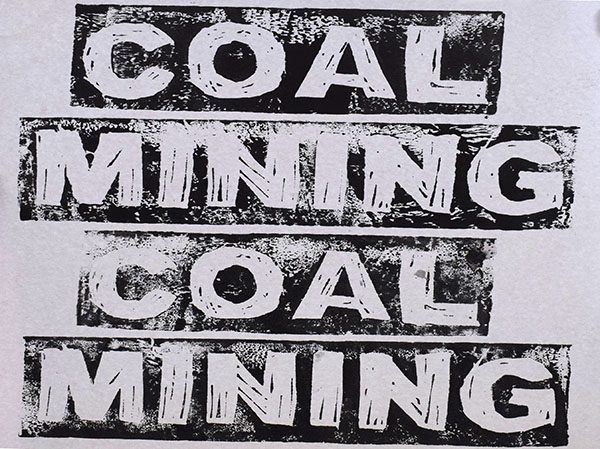
Lino Print
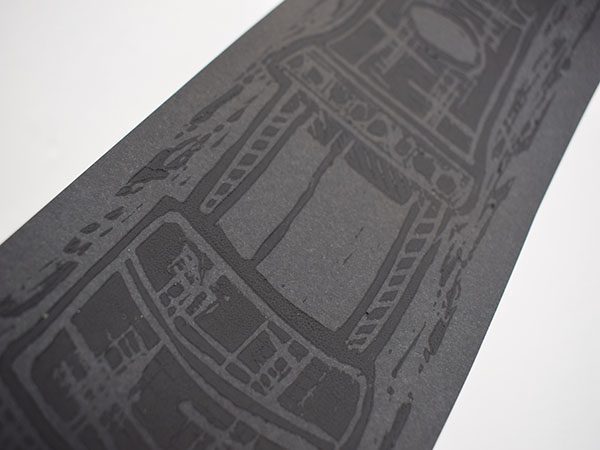
Lino Print
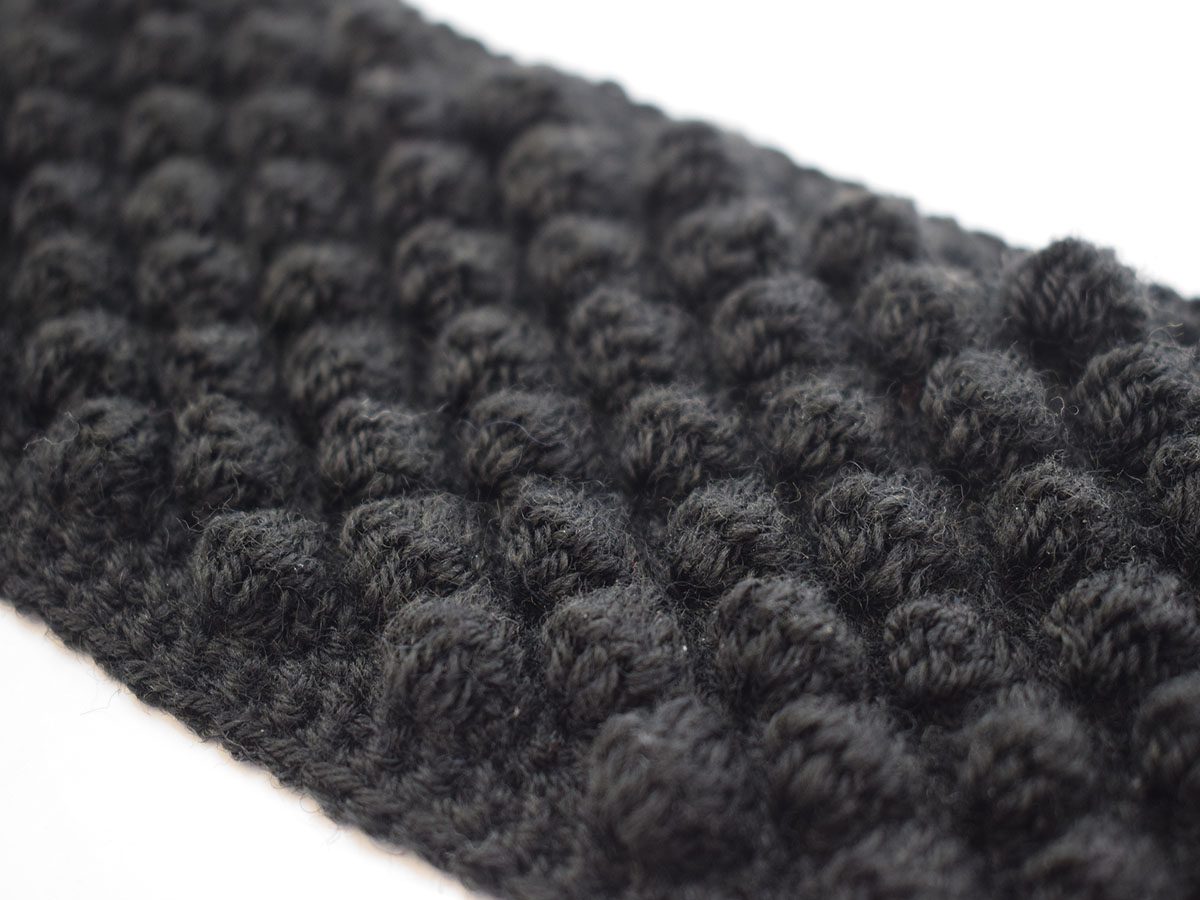
Crochet Test Sample
For my project there was a focus on manual processes that reflect the laborious effort of mining coal.
Each rock mined from the earth by hand.
Each stitch sewn by hand
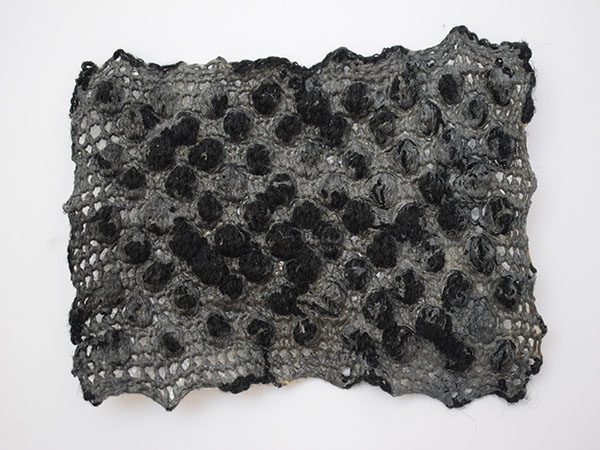
Bioplastic dipped crochet
Through the introduction of the Clean Air Act in 1956, coal energy has now almost transitioned out. An economy once dominated by labour industries is seeing a transition to more sustainable solutions.
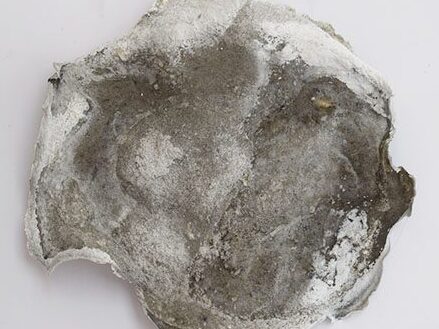
Vegan Bioplastic
The air of my hometown once filled with grey smoke and rivers foaming onto the streets now looks cleaner.
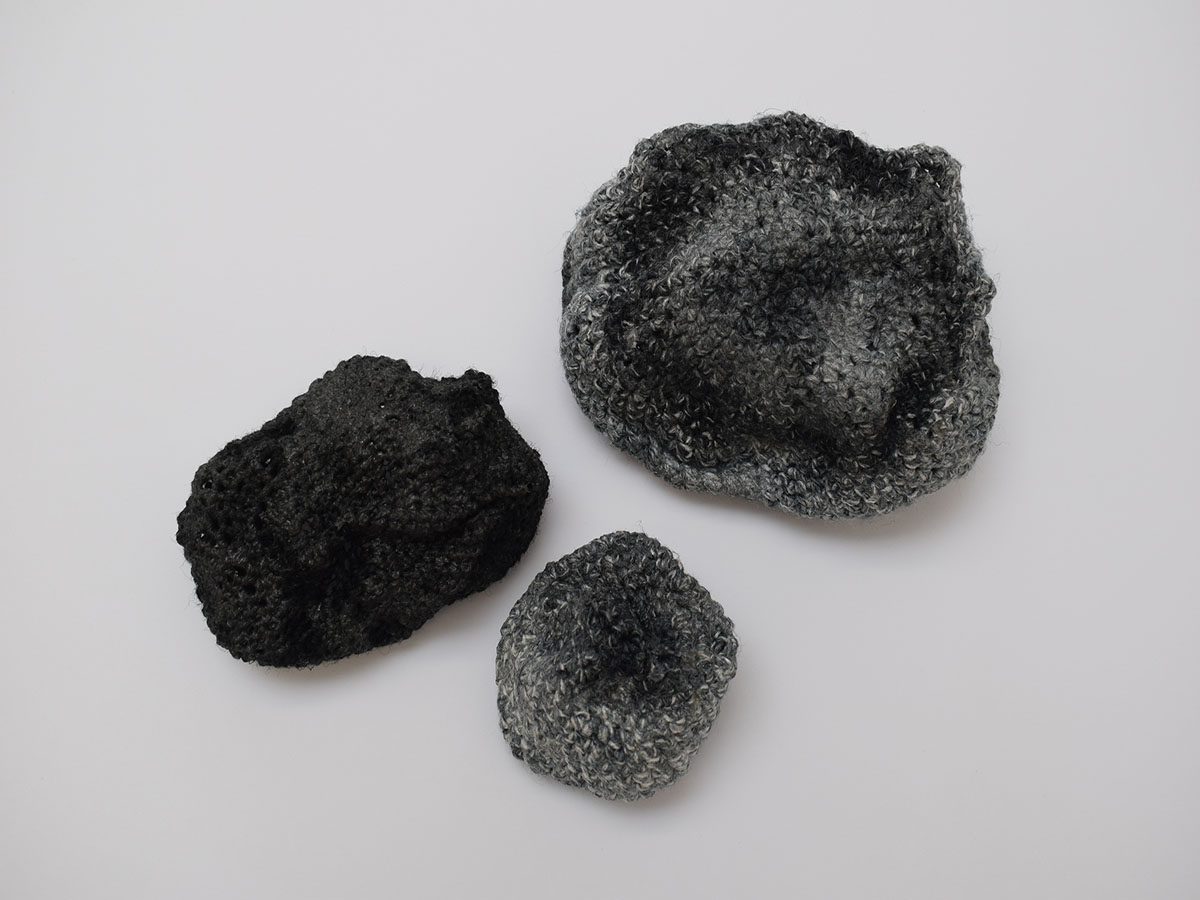
3D Crochet ‘Coals’ Hardened with a Bioplastic Dip
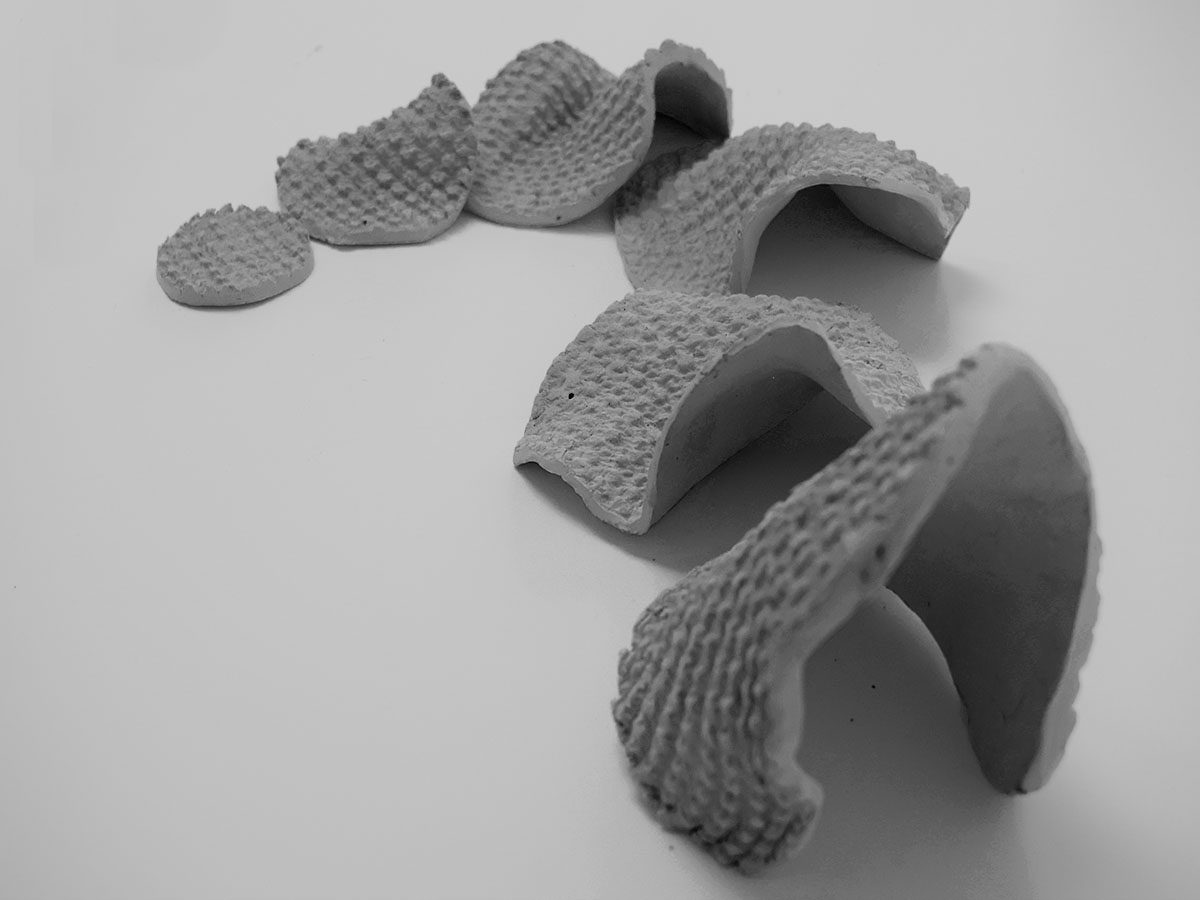
Ceramic 6 Piece Sculpture
Coal not only fired the machinery within textiles production but in many other local industries like steel, iron, pottery and ceramics.
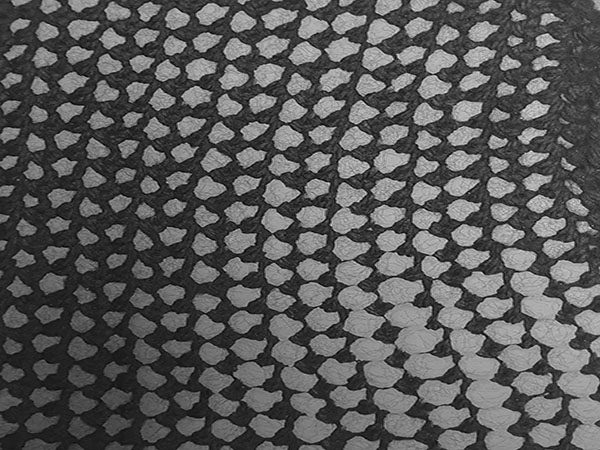
Crochet Sample Pressed into Clay
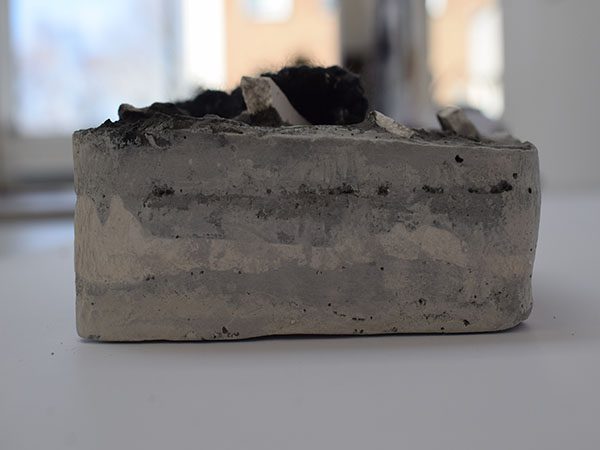
Plaster Strata (Early Test Sample for Sculpture)
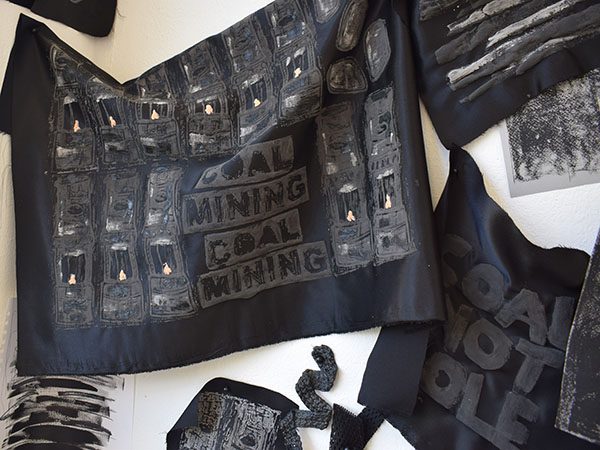
Expand Medium on Deadstock Fabric
With a dark gloomy colour pallet to replicate the dirty nature of the work; pops of bright orange reveal the community spirit once found within these mining towns.
The Davy lamp at the end of the tunnel.
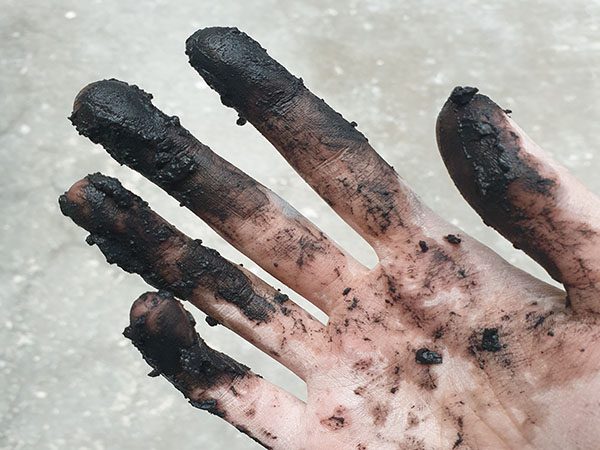
It was important that my outcomes were beautiful, but ‘dirty’ and honest. A true depiction of the hard and dangerous world of coal mining.
A Labour of Love
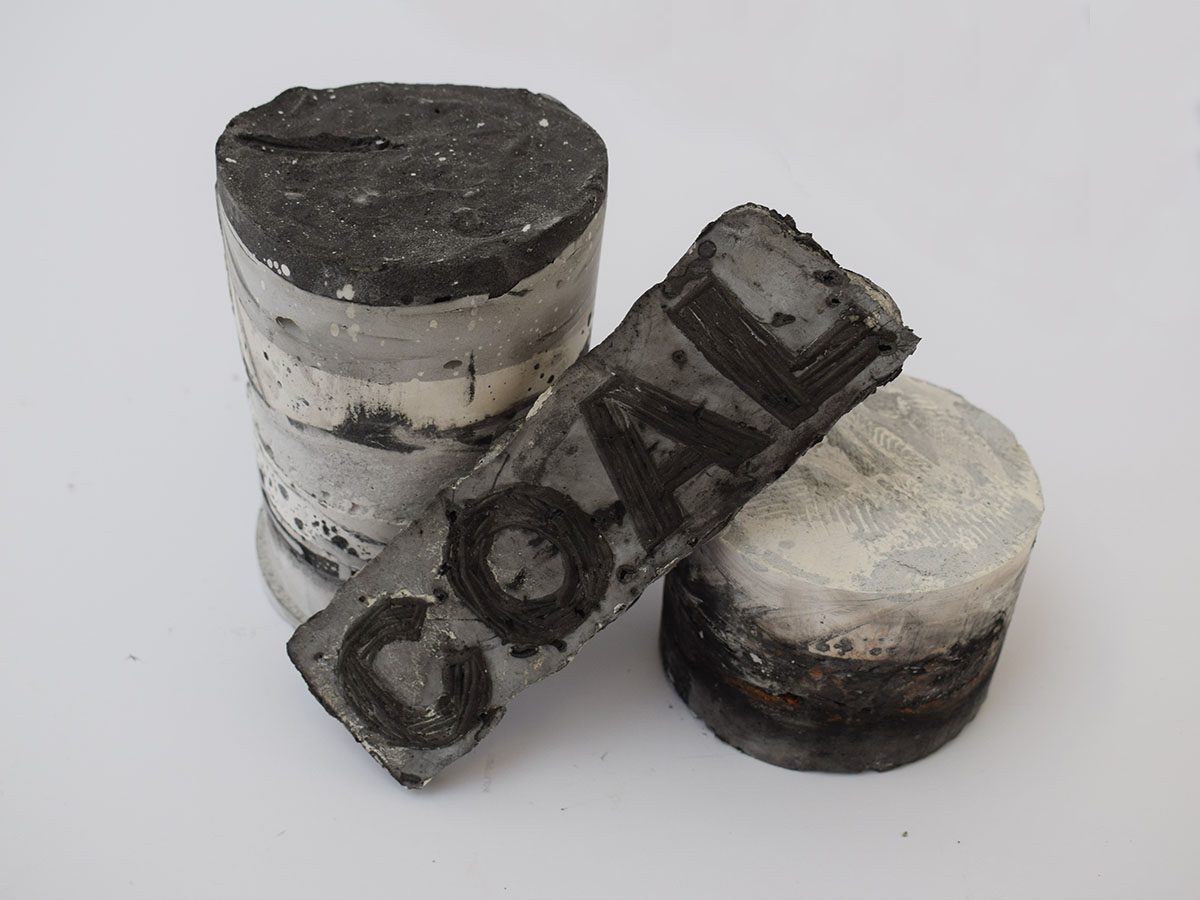
Coal Strata – Column Early Development

Wire Rope Digital Print
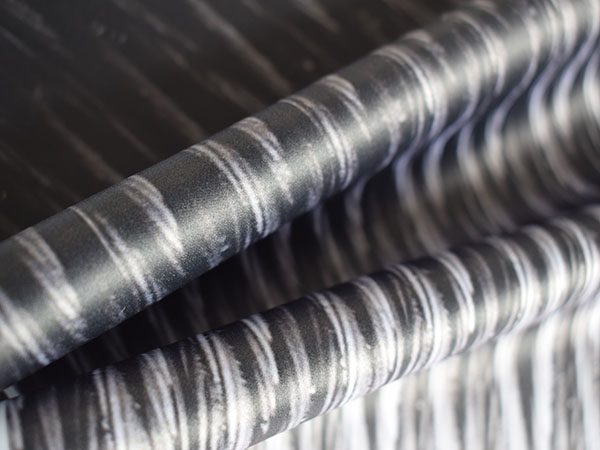
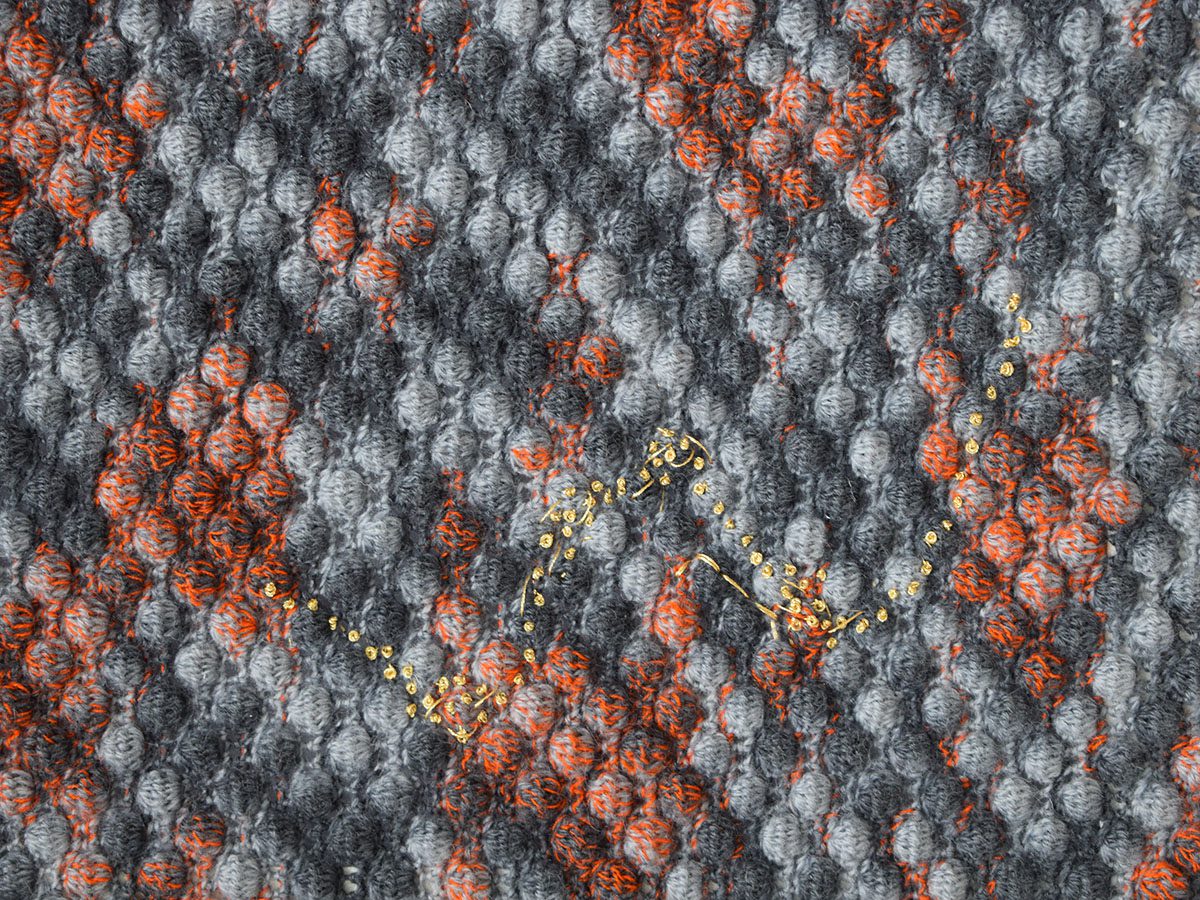
Crochet Final Sample – Fools Gold
Miners would often find pieces of gold coloured pyrite in coal. Dreaming of a better life, they would often think it was real gold. Now it is called fools gold due to there close resemblance
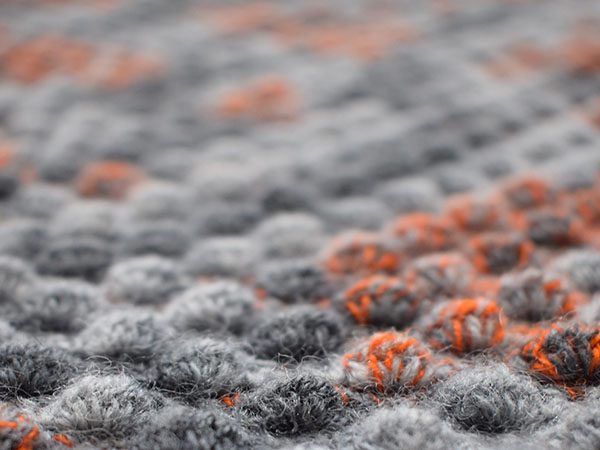
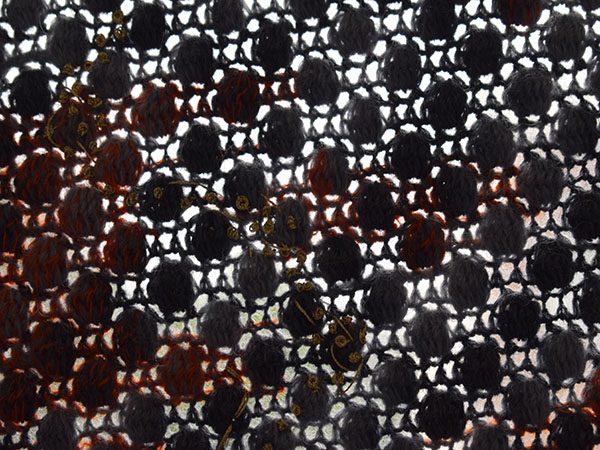
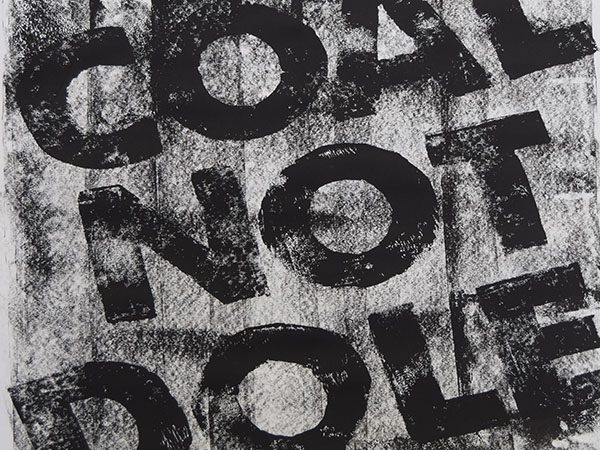
Coal Not Dole Development
During the 1984-85 strikes ‘Coat not Dole’ was printed and worn by striking miners. A phrase used to express the miners desire to work and mine coal rather than get paid ‘dole’ (unemployment benefits).
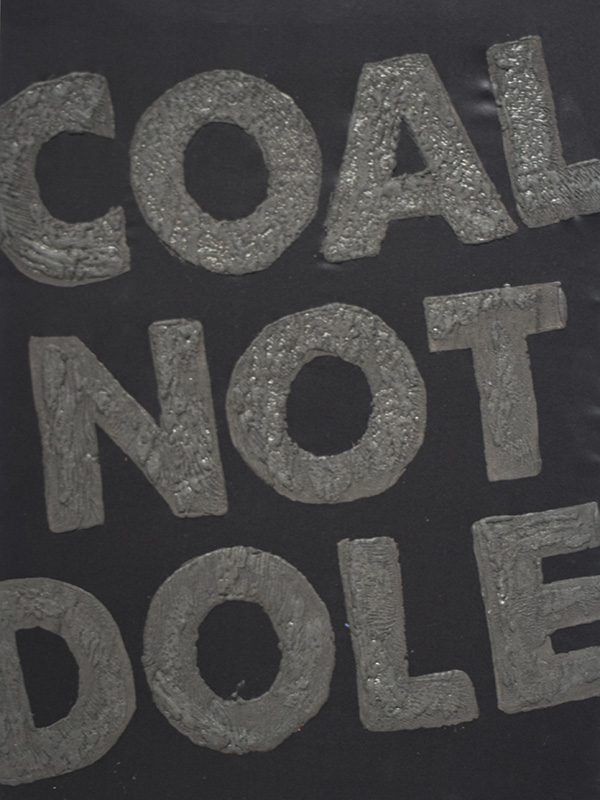
Coal Not Dole Final Sample
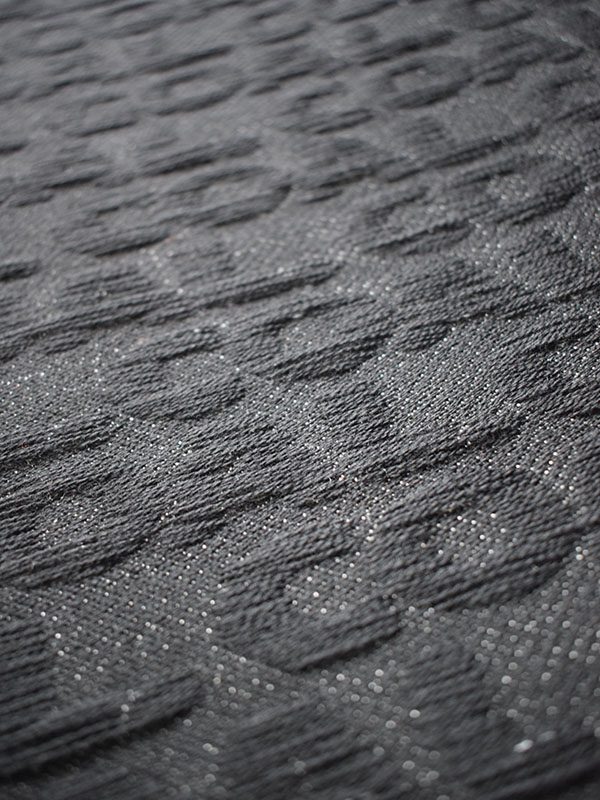
Jacquard Final Sample – Trapper
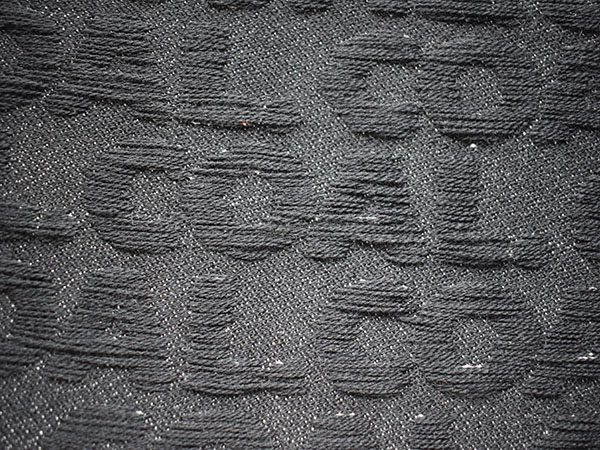
A trapper’s job would be to open and close wooden doors down the mine. Often as young as 4 years old, they would have to sit in total darkness.
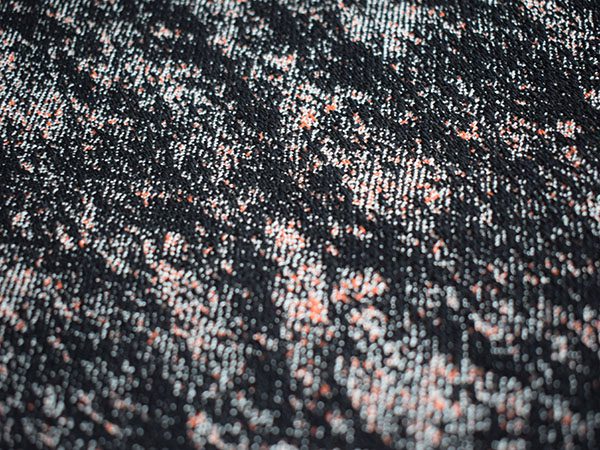
Jacquard Final Sample – Tom Puddings
Invented by William Bartholomew, ‘Tom Puddings’ were a type of coat used between 1863 to 1985 on the rivers Aire and Calder, near my home, to transport coal. The name originating from their resemblance to black puddings
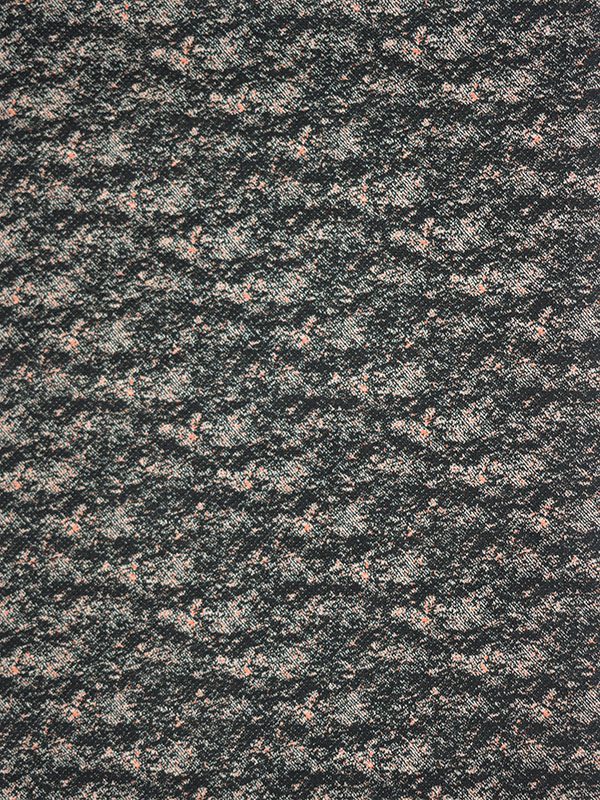
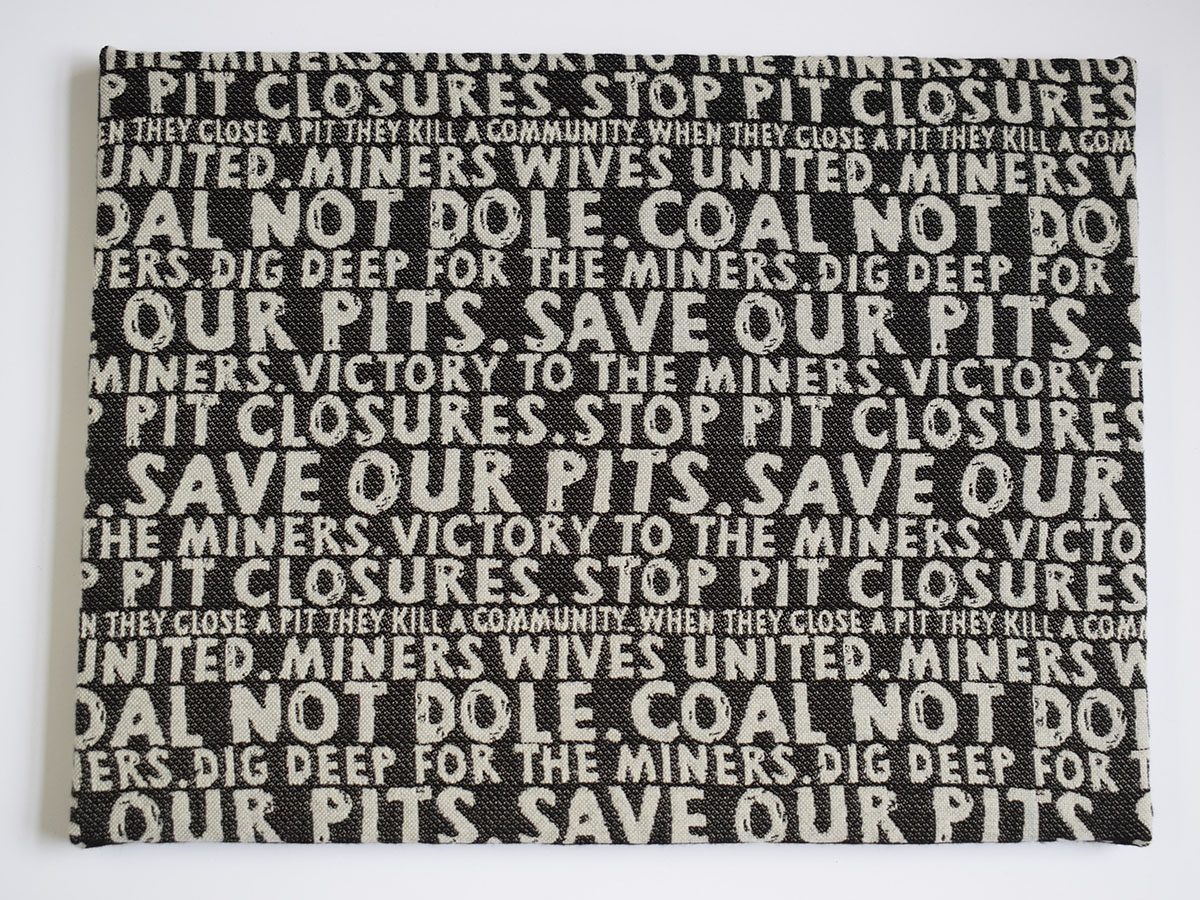
Jacquard Final Sample
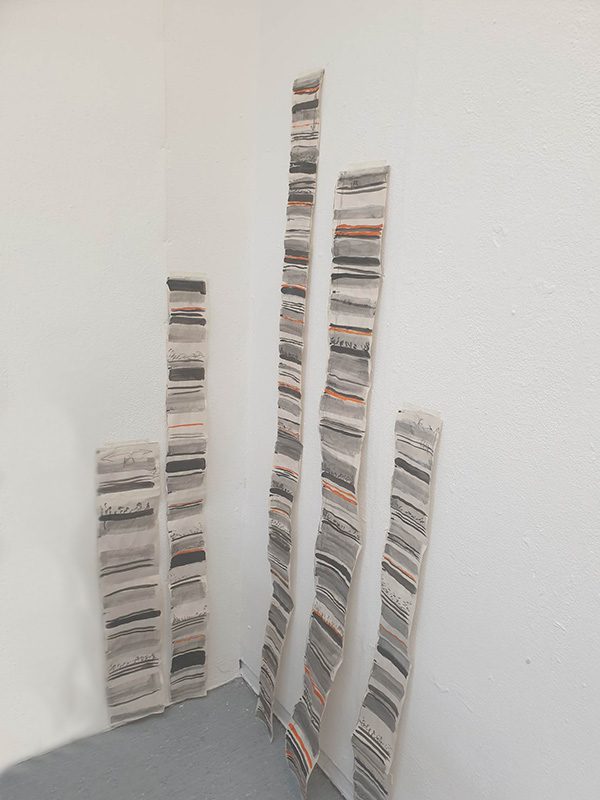
Column Sculpture Paper Plans
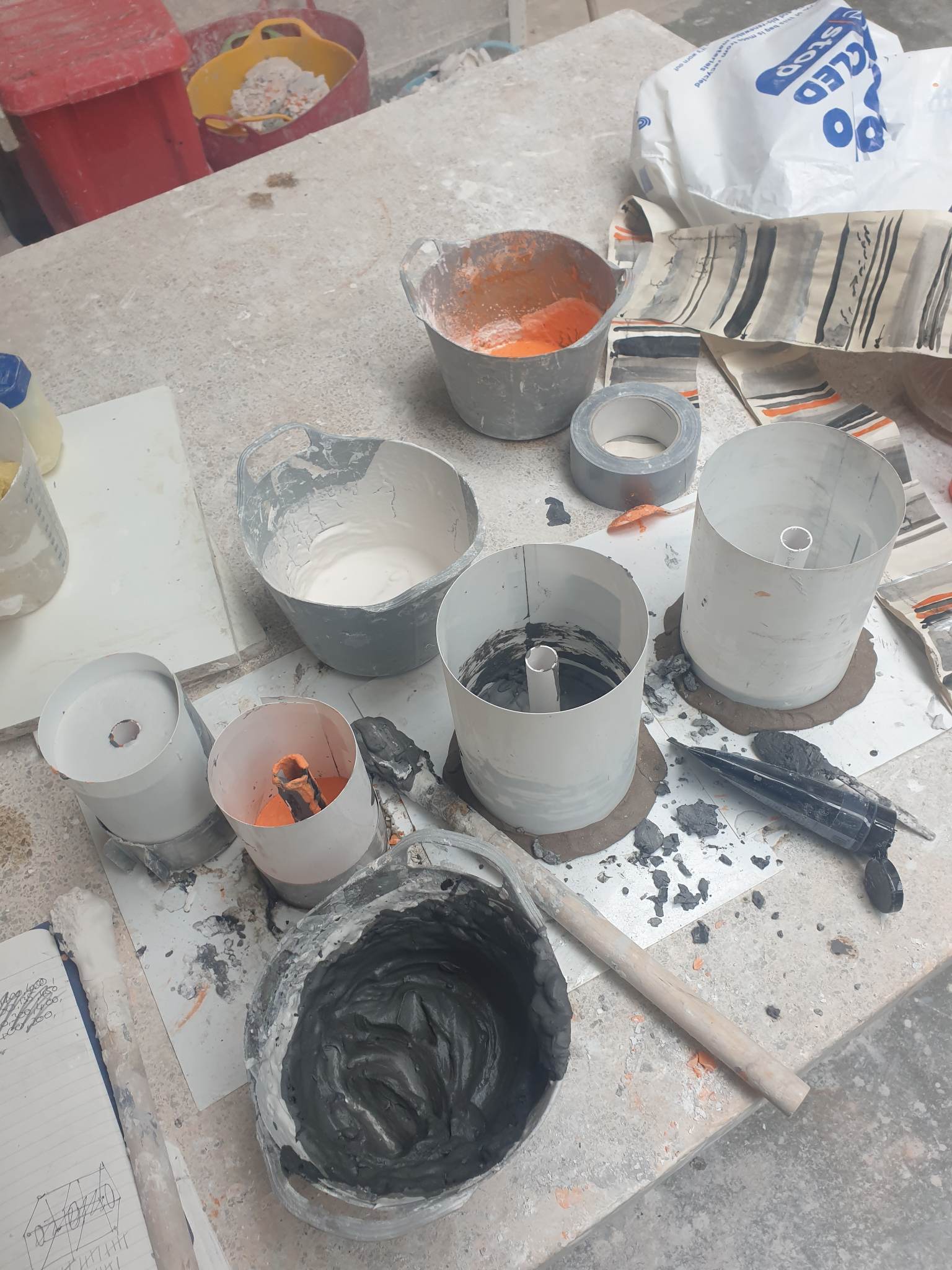
Column Mould Making Workspace
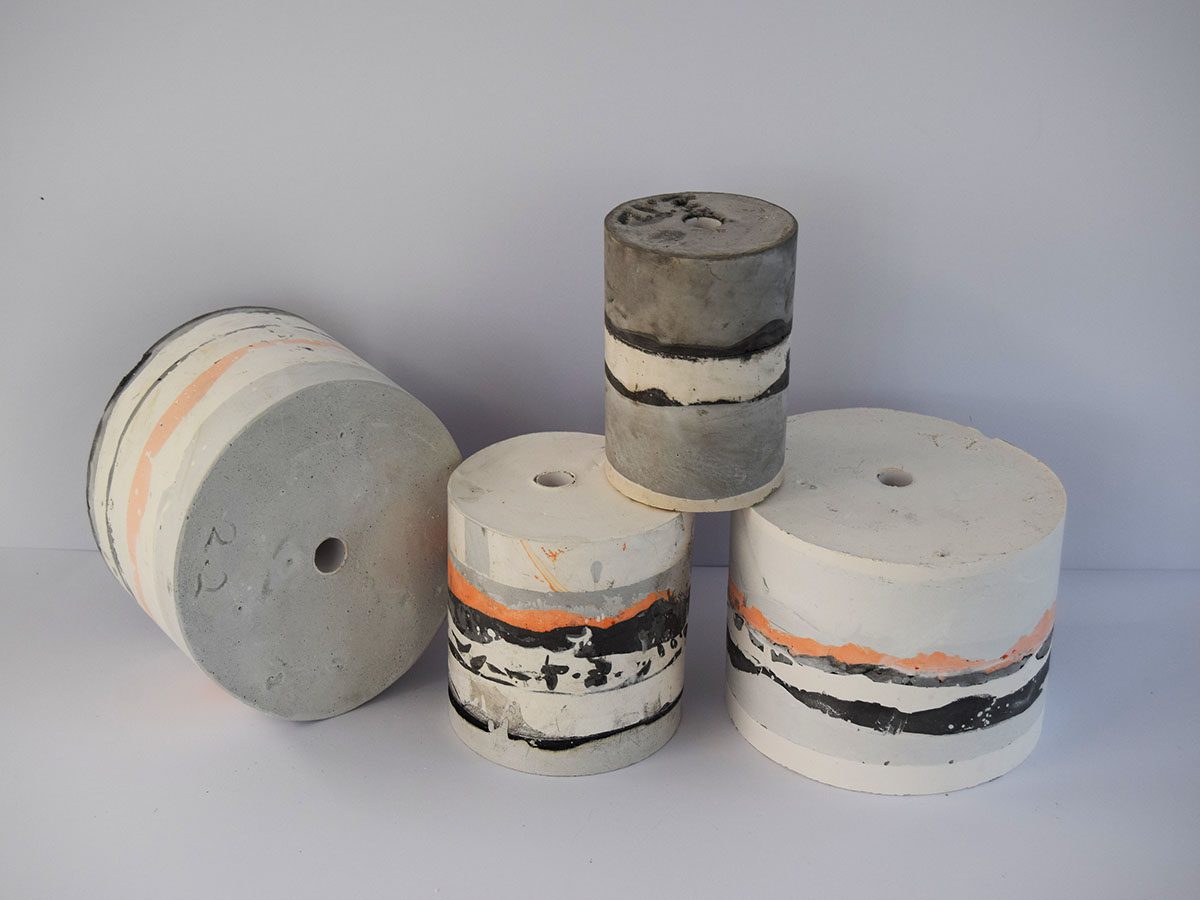
Plaster Column Test Pieces – Various Size Widths
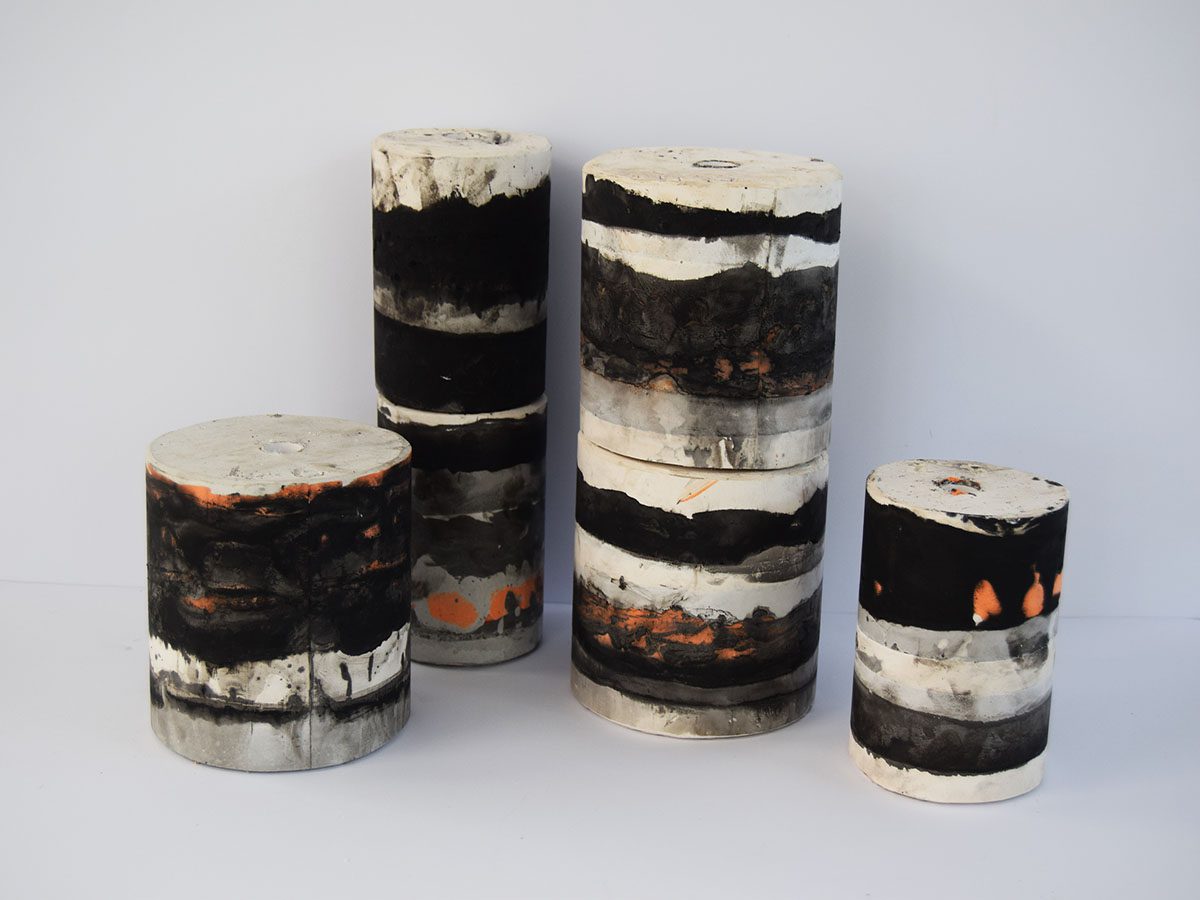
Selection of Final Plaster Pieces – Waiting to be cleaned, varnished and gilded.
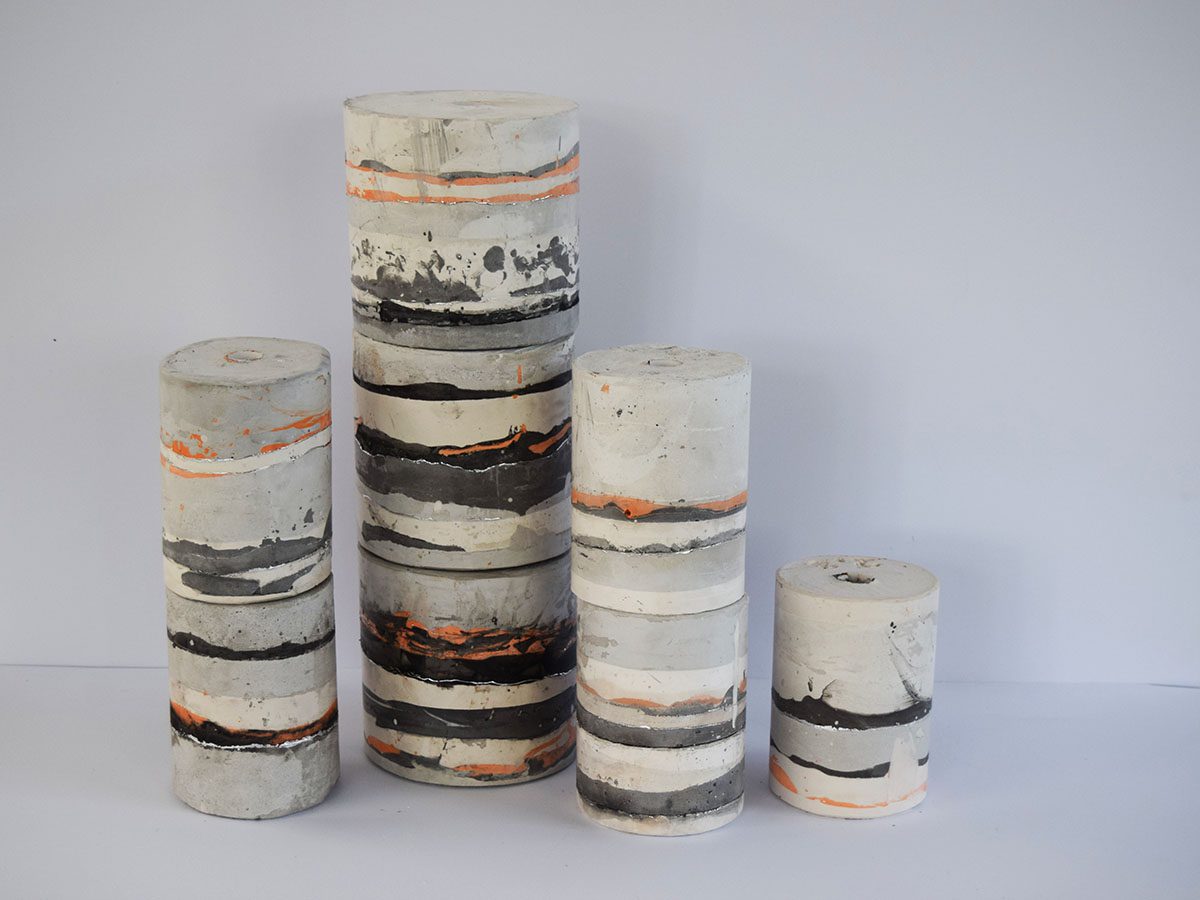
Selection of Final Plaster Pieces
Journey to the Show – A Selection of Other Work
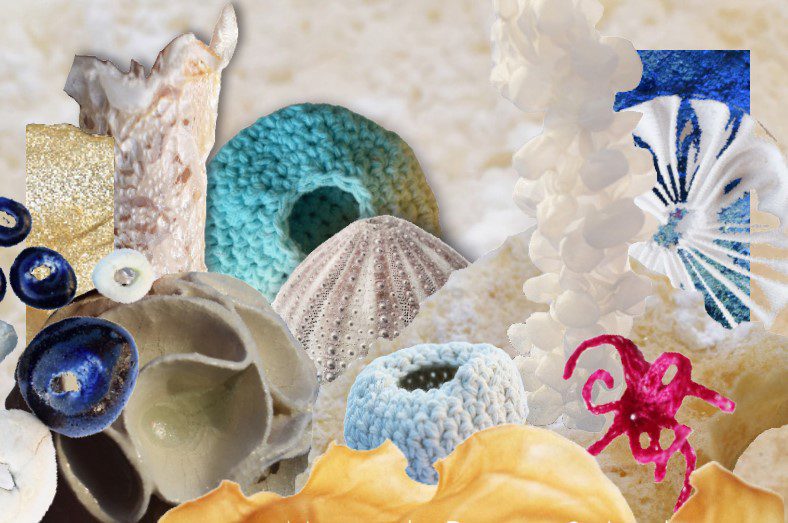
From Cradle to an Early Grave (Final Year, Semester 1 Project)
The great barrier reef, considered one of the seven wonders of the natural world, lost 29% of its entire coals in 2016 alone. In the last 30 years 50% of the world’s corals have died. This is the tipping point for not just the death of one species but the collapse of an entire ecosystem. ‘From Cradle to an Early Grave’, symbolizes the life and premature death of this underwater world.
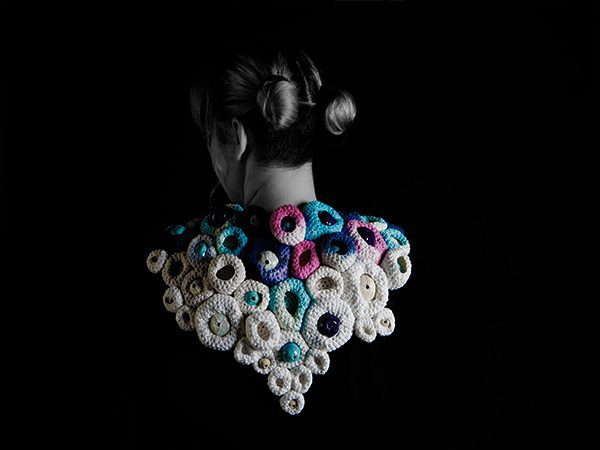
Echinus Acutas
‘Bleached’ sea urchin cape made from crochet cotton yarn and ceramics.
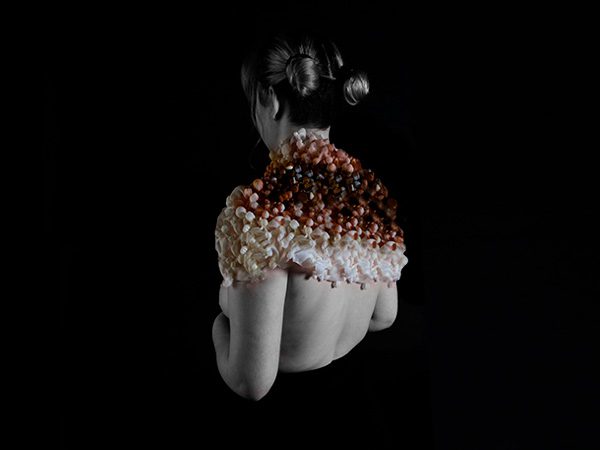
Caryophyllia
A polyps coral made by disperse dye and shibori with donated fabric.
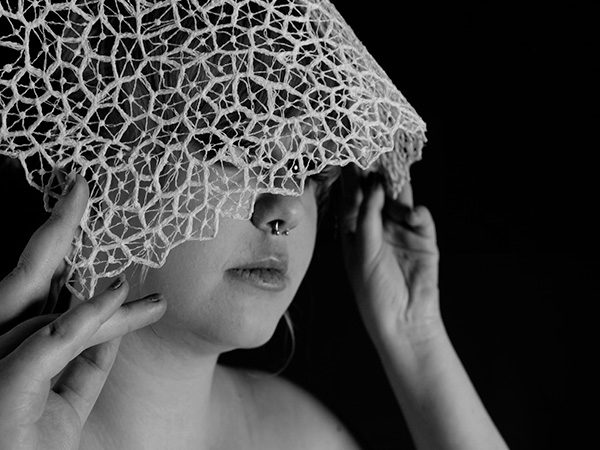
Favia
Dead coral skeleton made from dissolvable fabric.
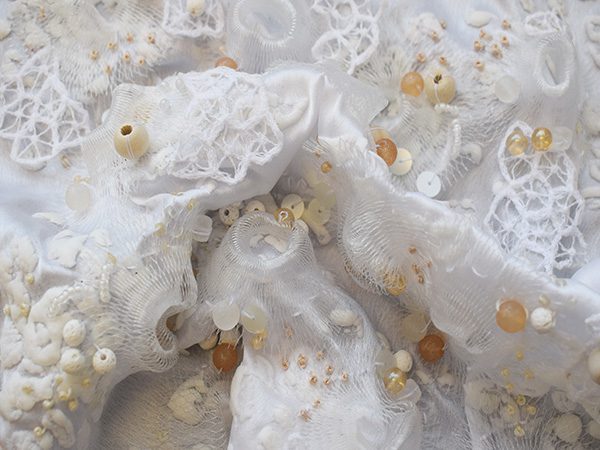
Bleached Coral Reef
Polluted reef embroidered with plastic net, glass beads and recycled sequins.
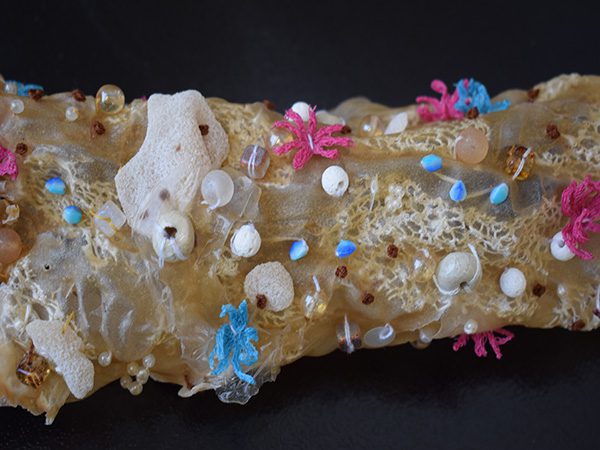
Anemone
Coral sea floor cuff made from bioplastic, recycled glass beads, ceramics and embroidery. Home of the clownfish.
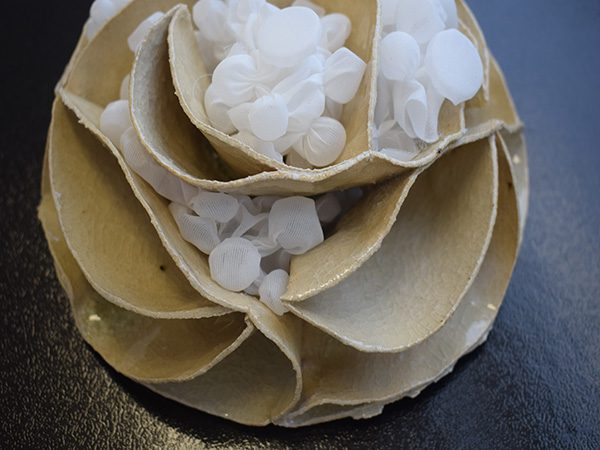
Turbinaria Bifrons
Specimen made from ceramics and shibori fabric.
Work Experience
The Hepworth Wakefield Gallery – Gallery Internship
Oxfam – E-commerce assistant and Upcyclist
Visionary Thinkers
Visionary Creators
Visionary Makers
